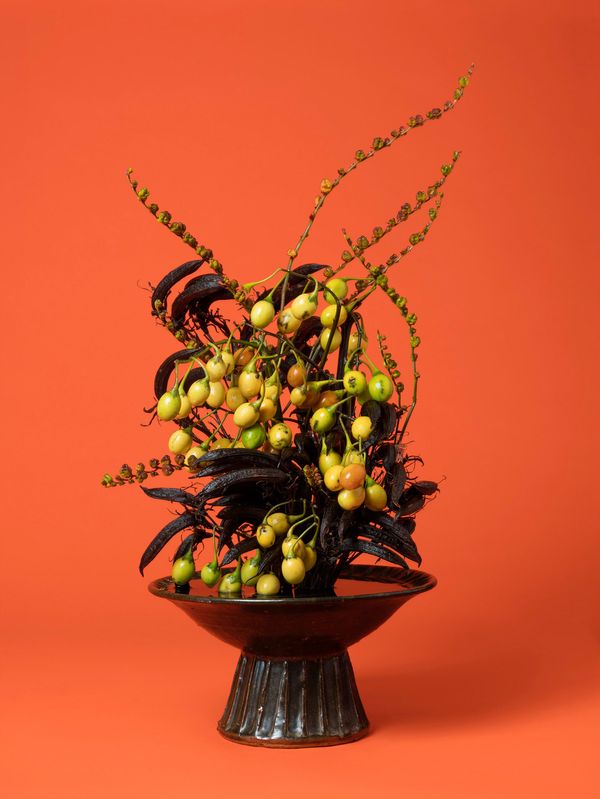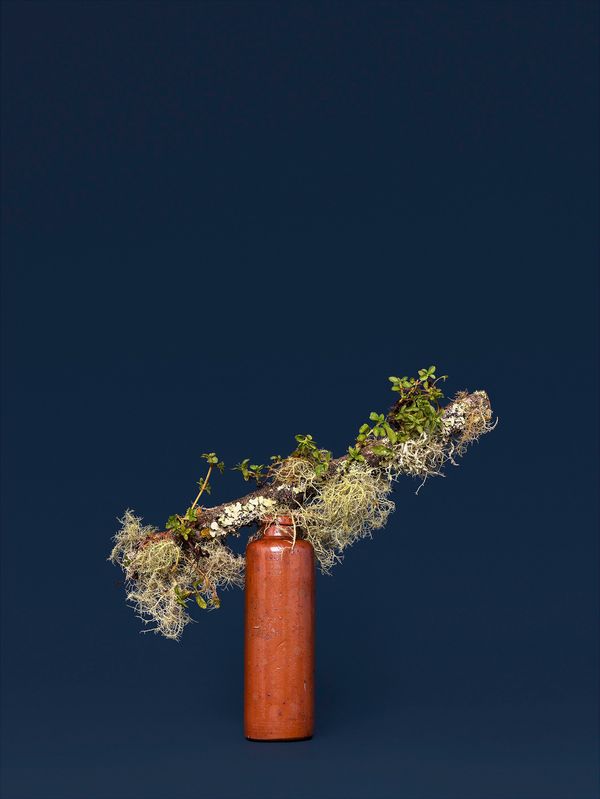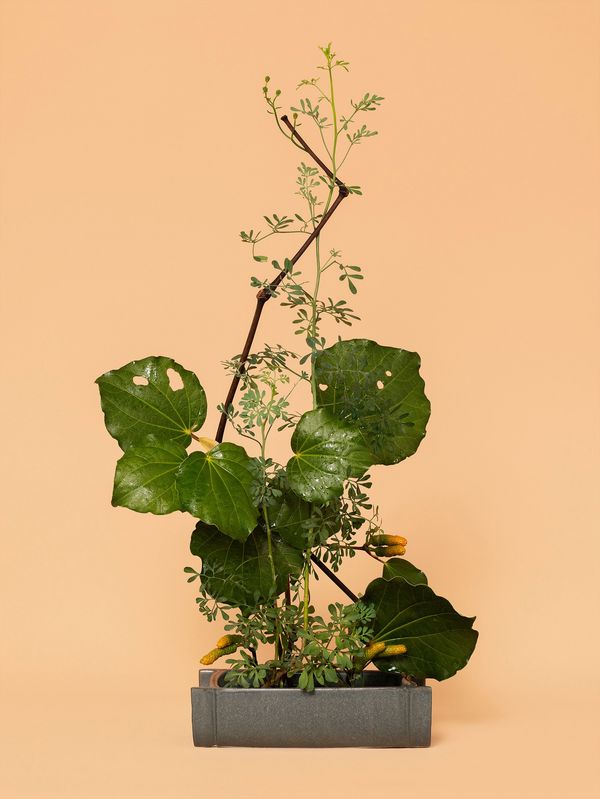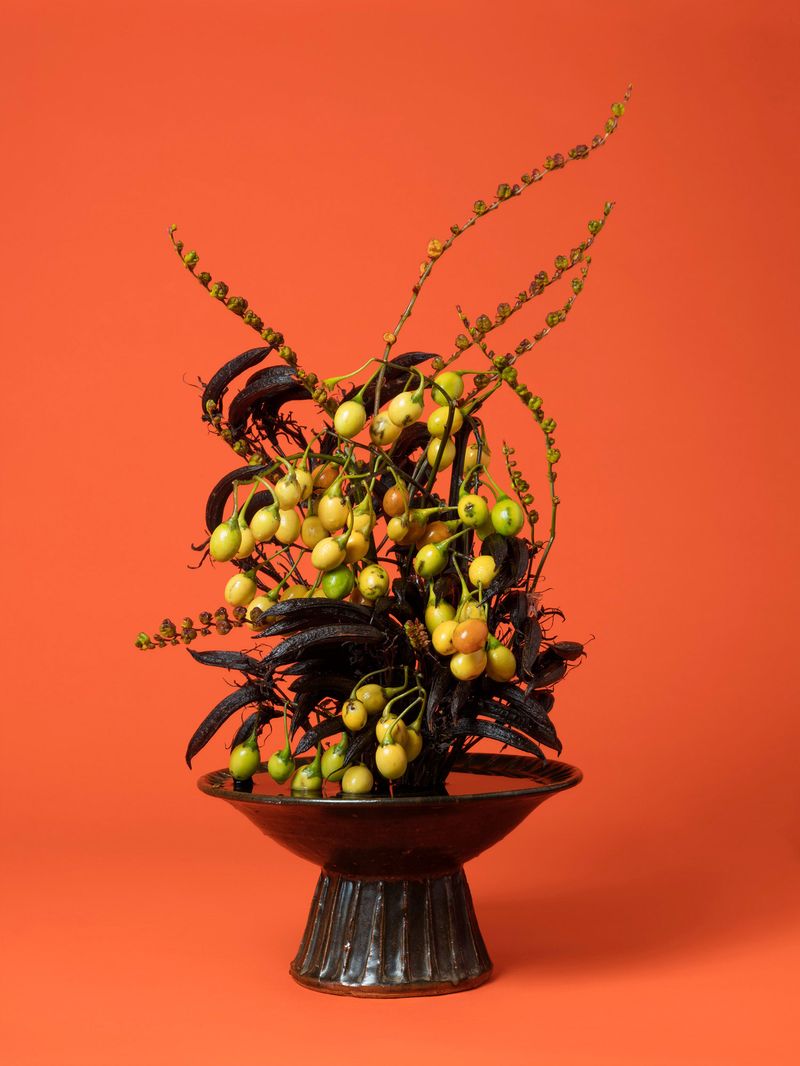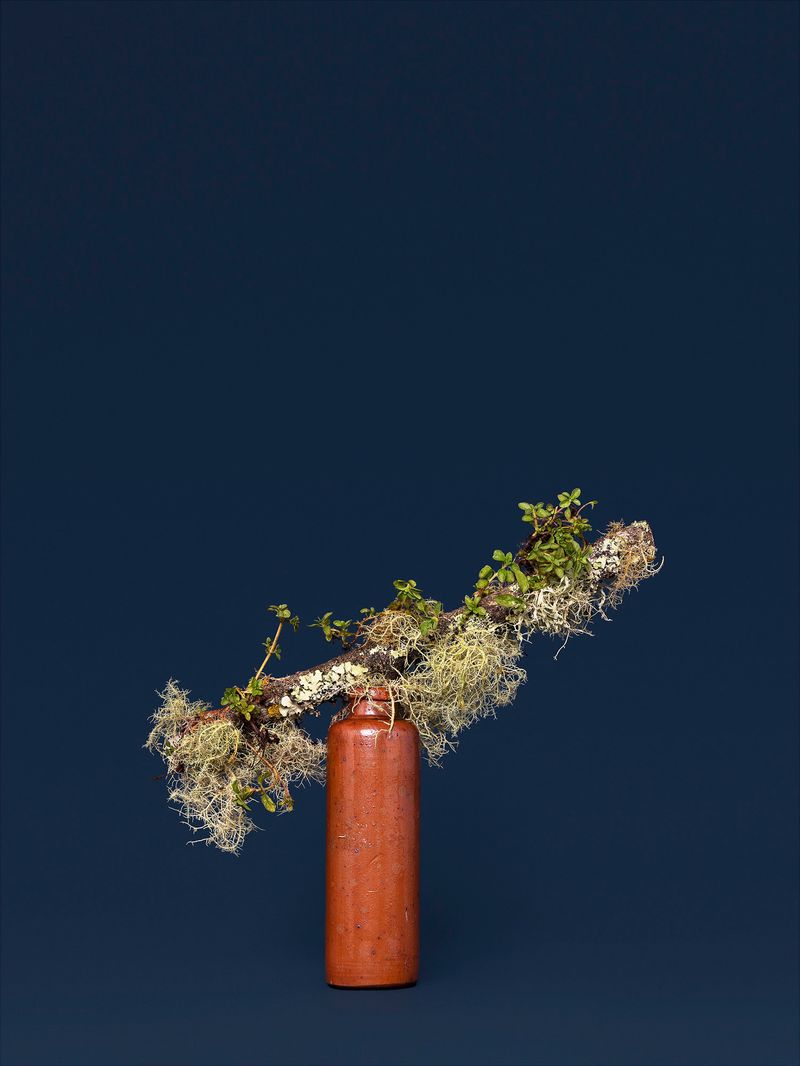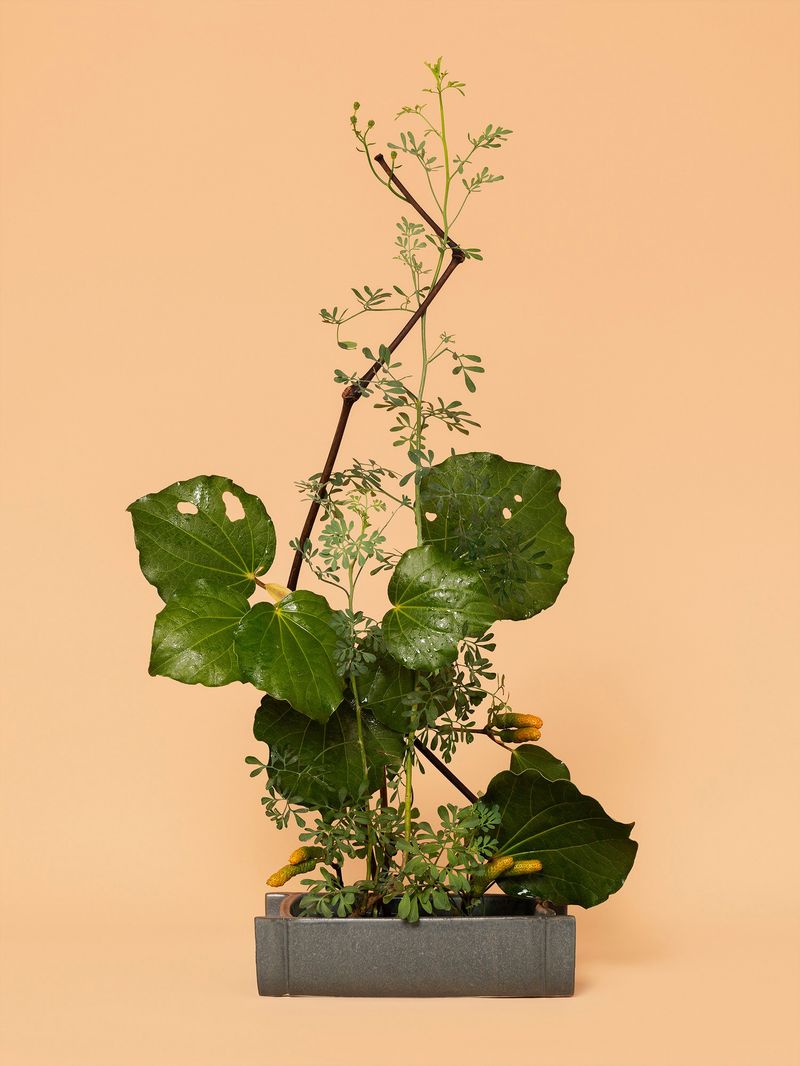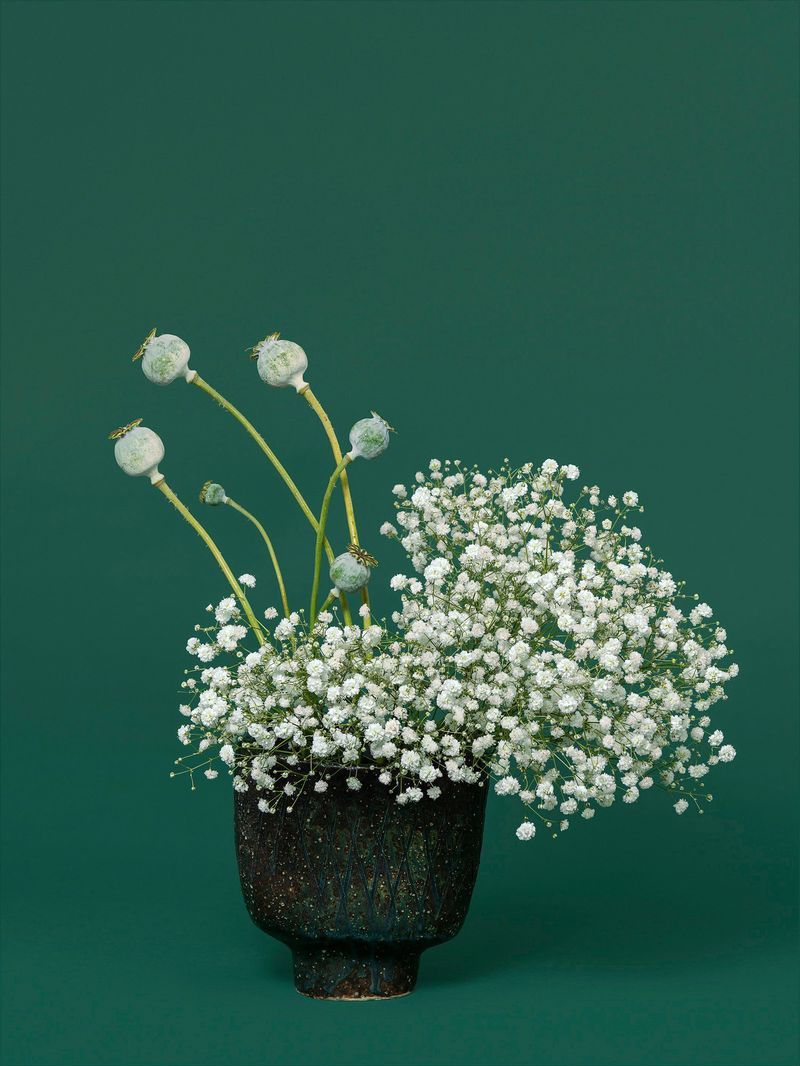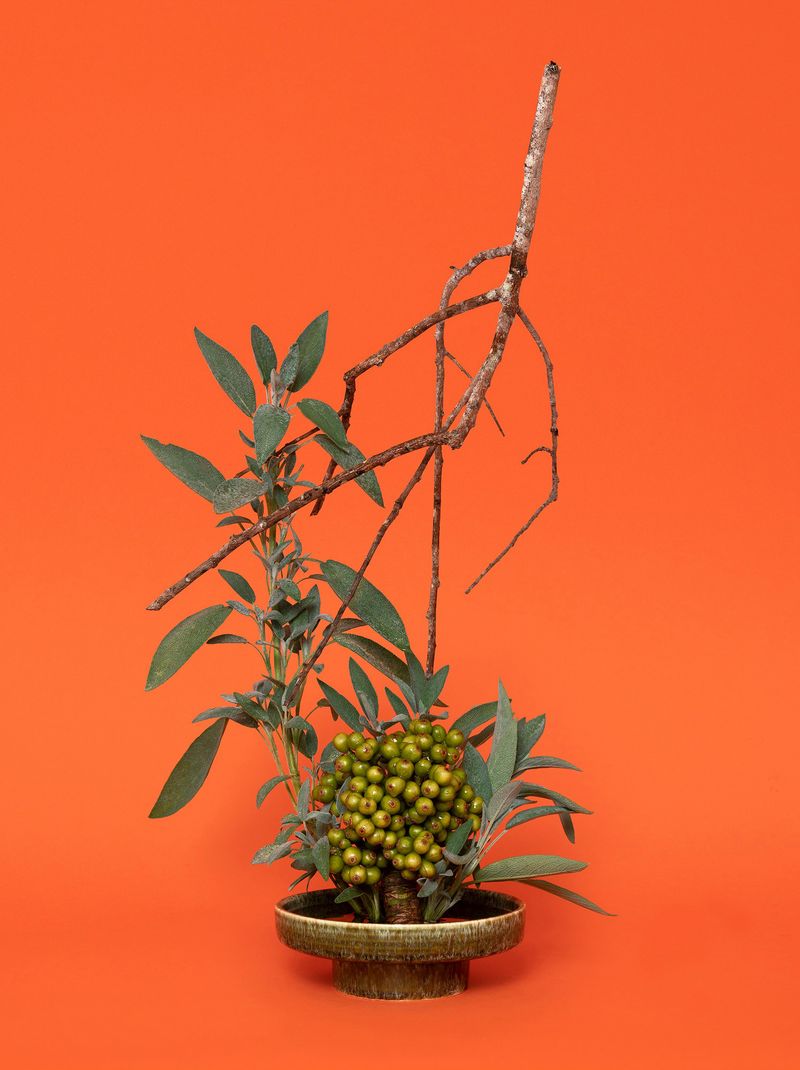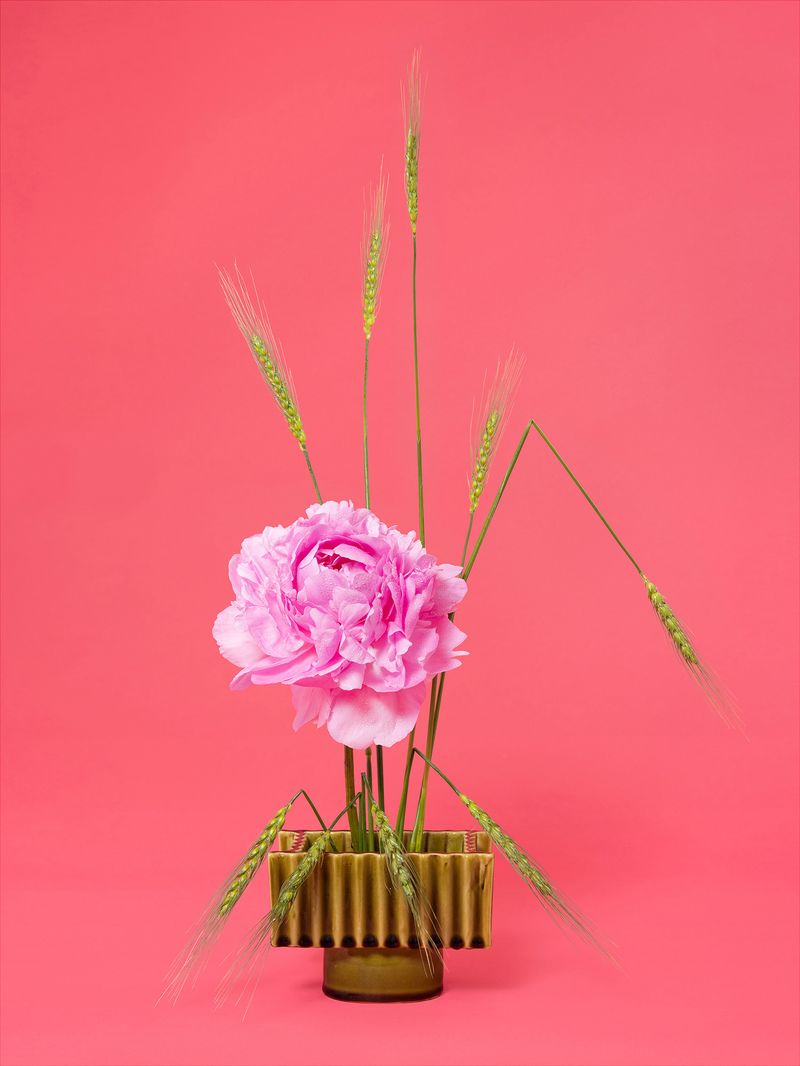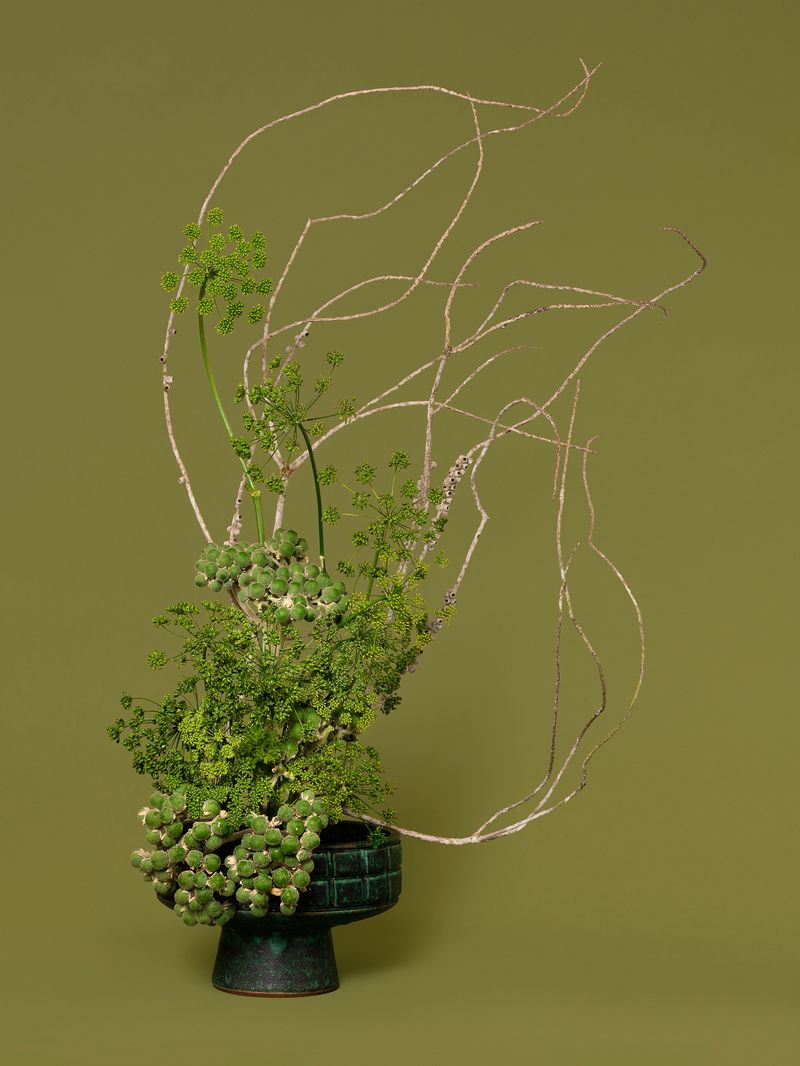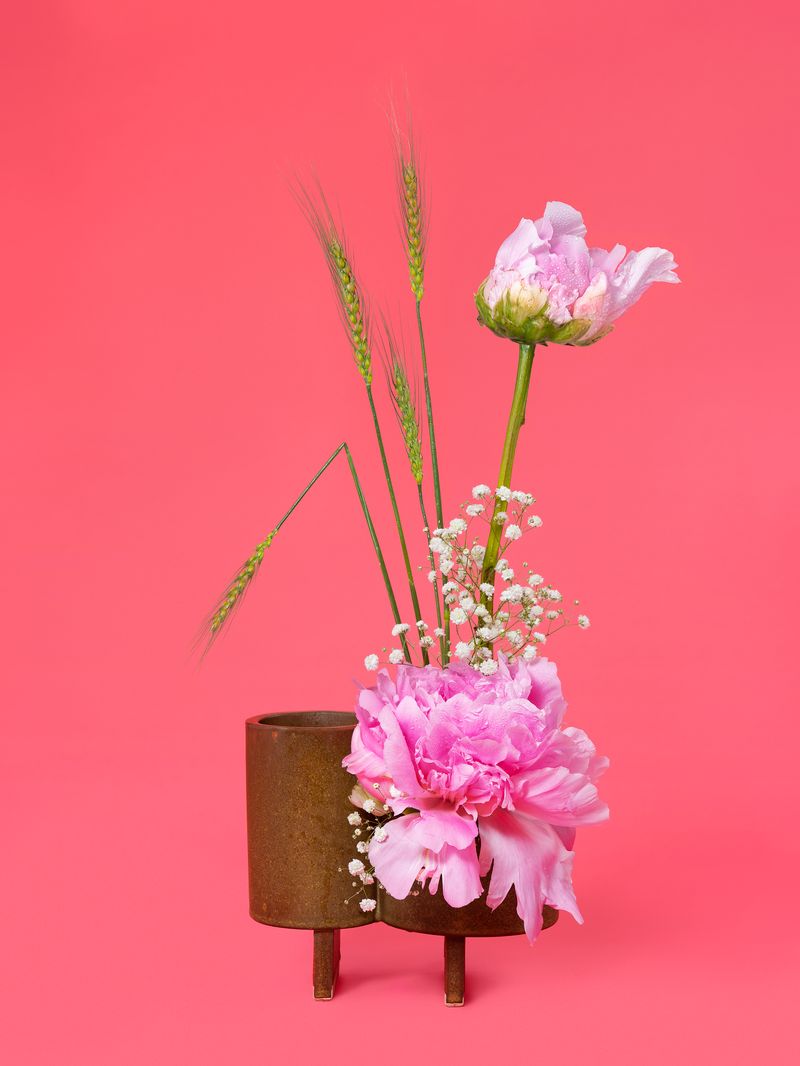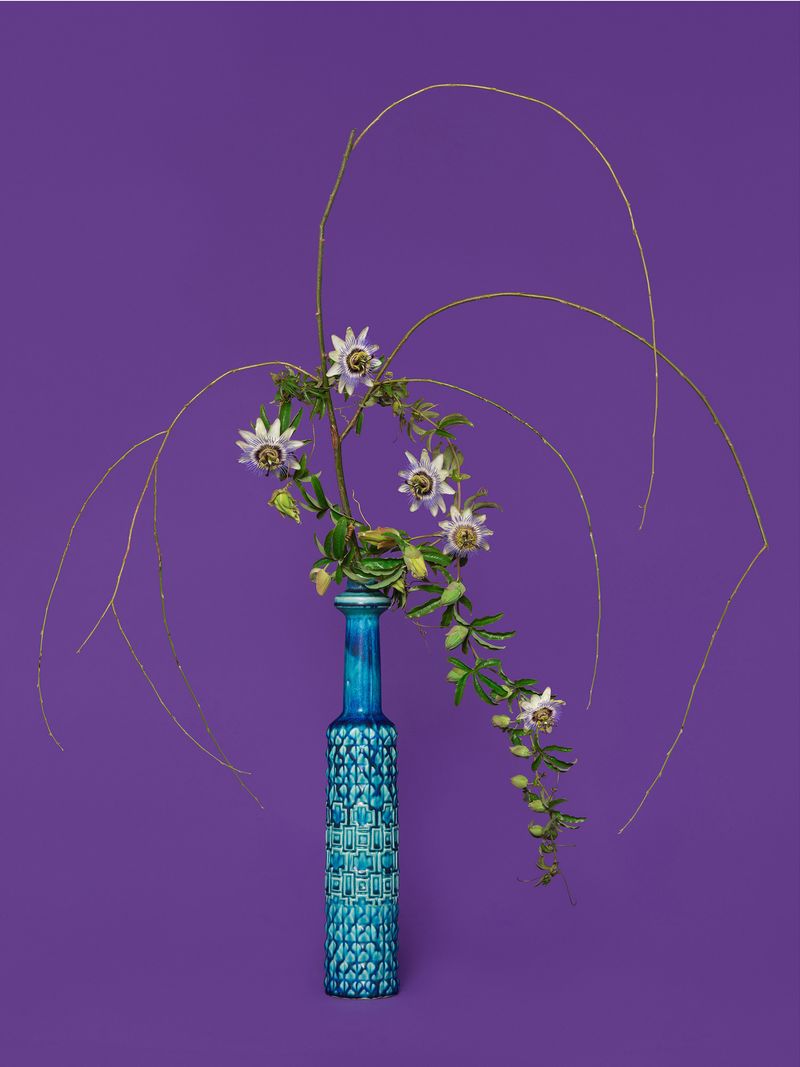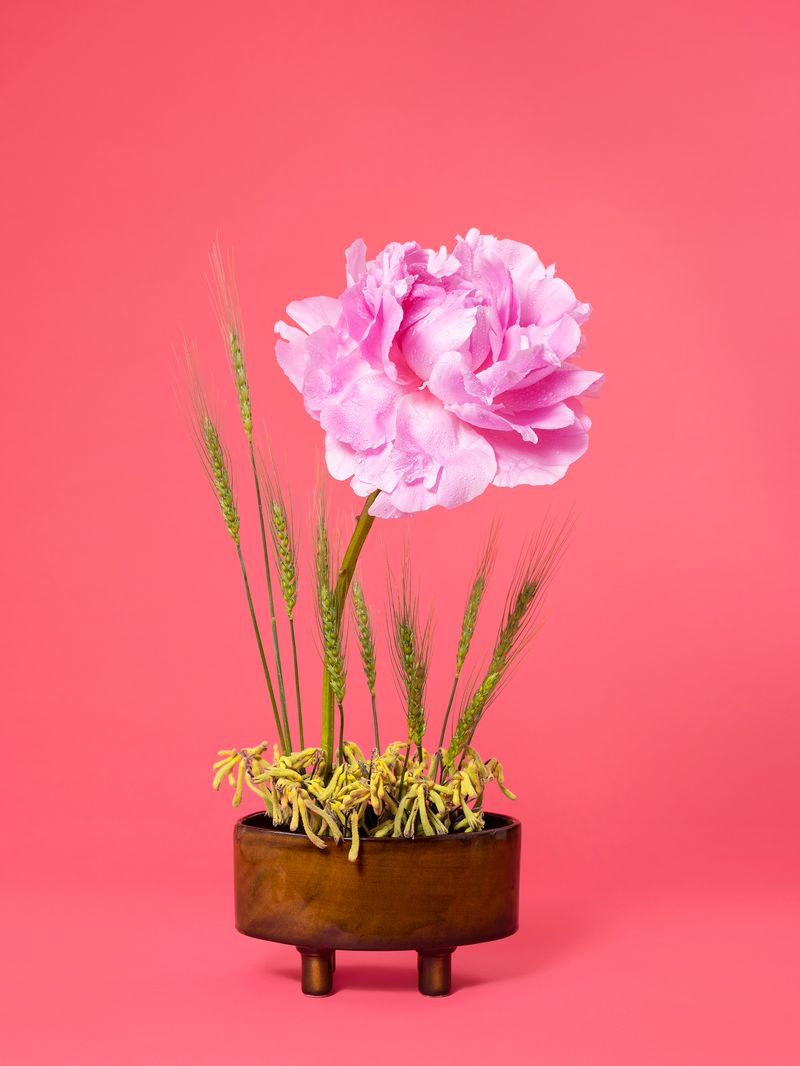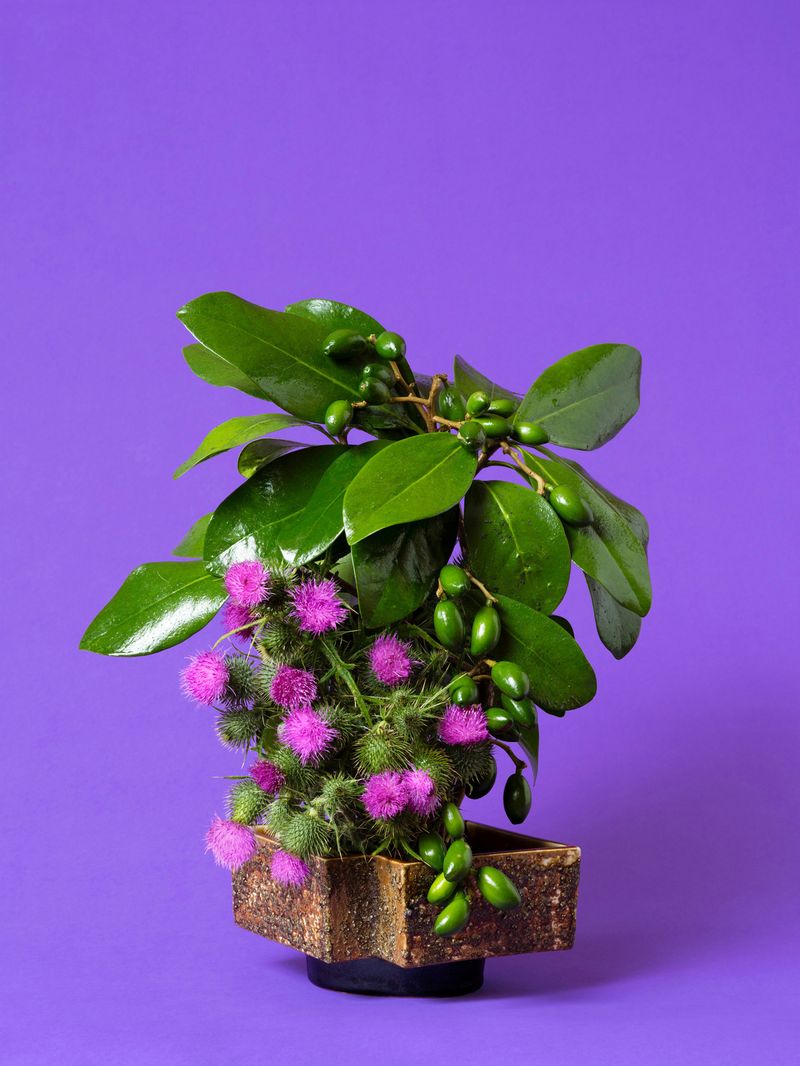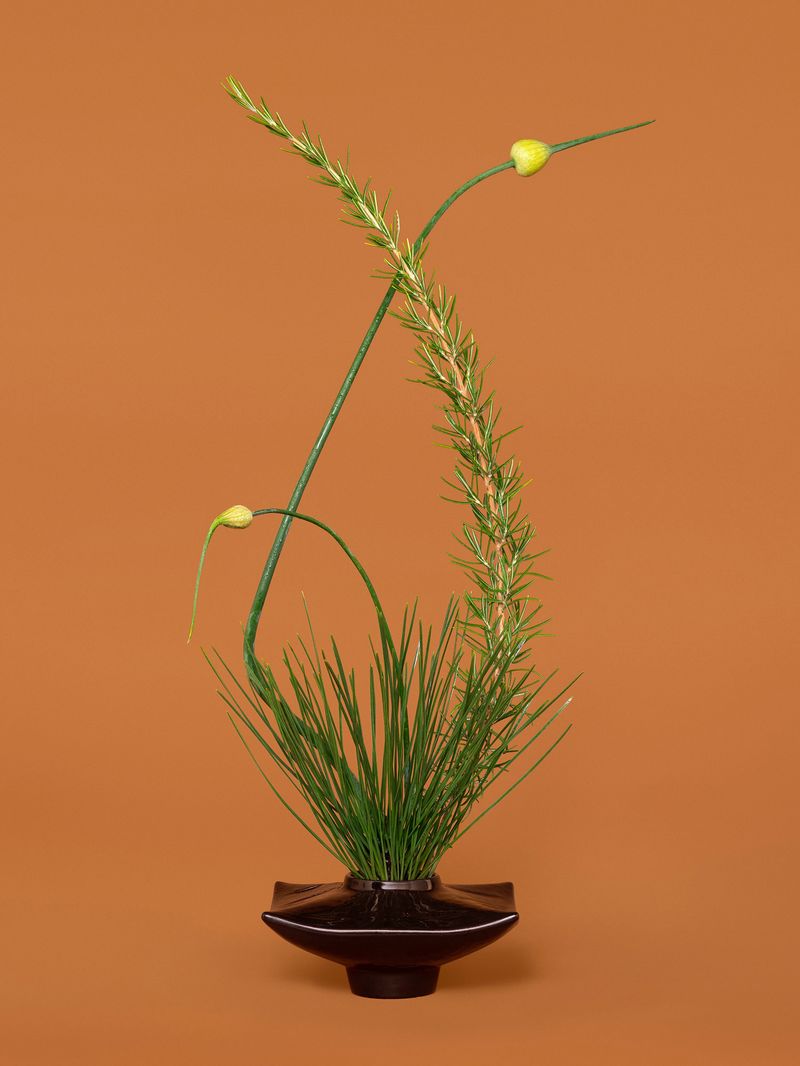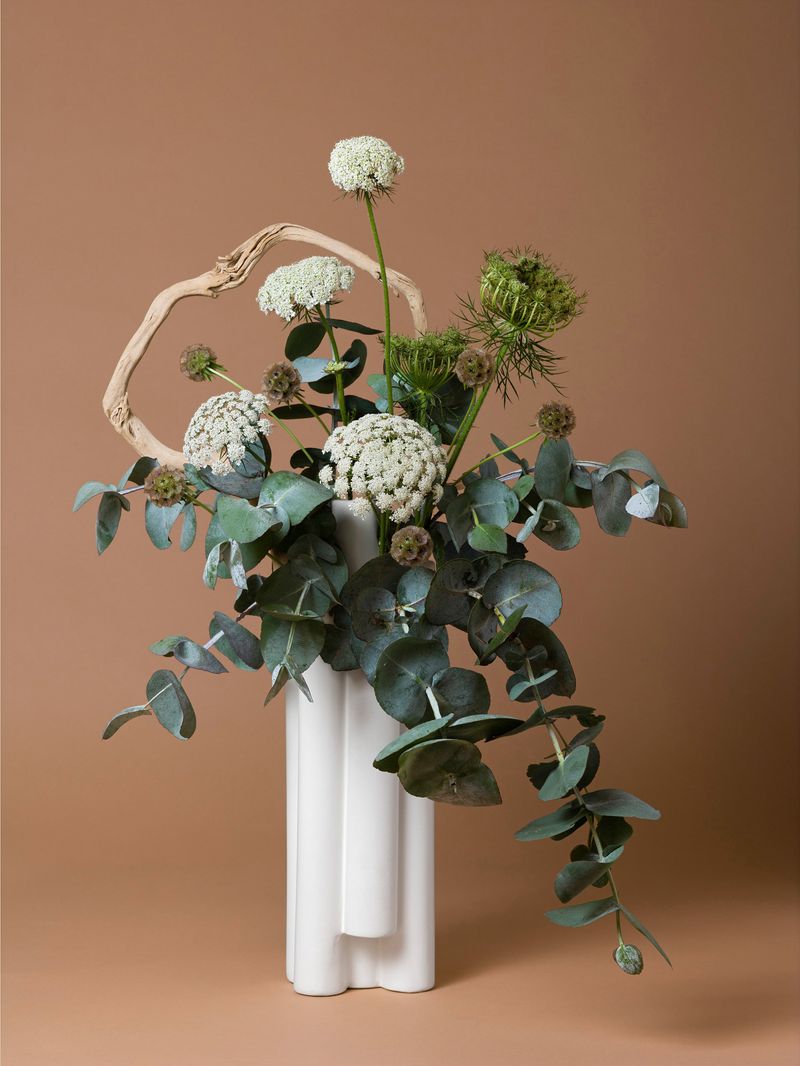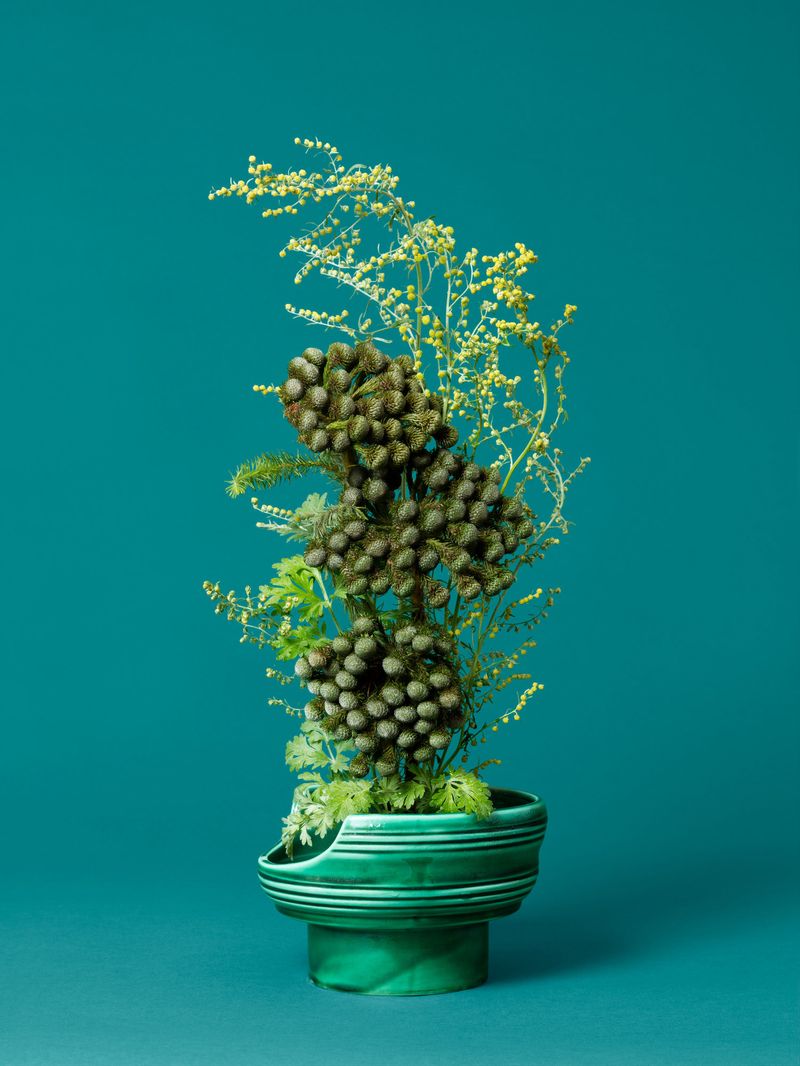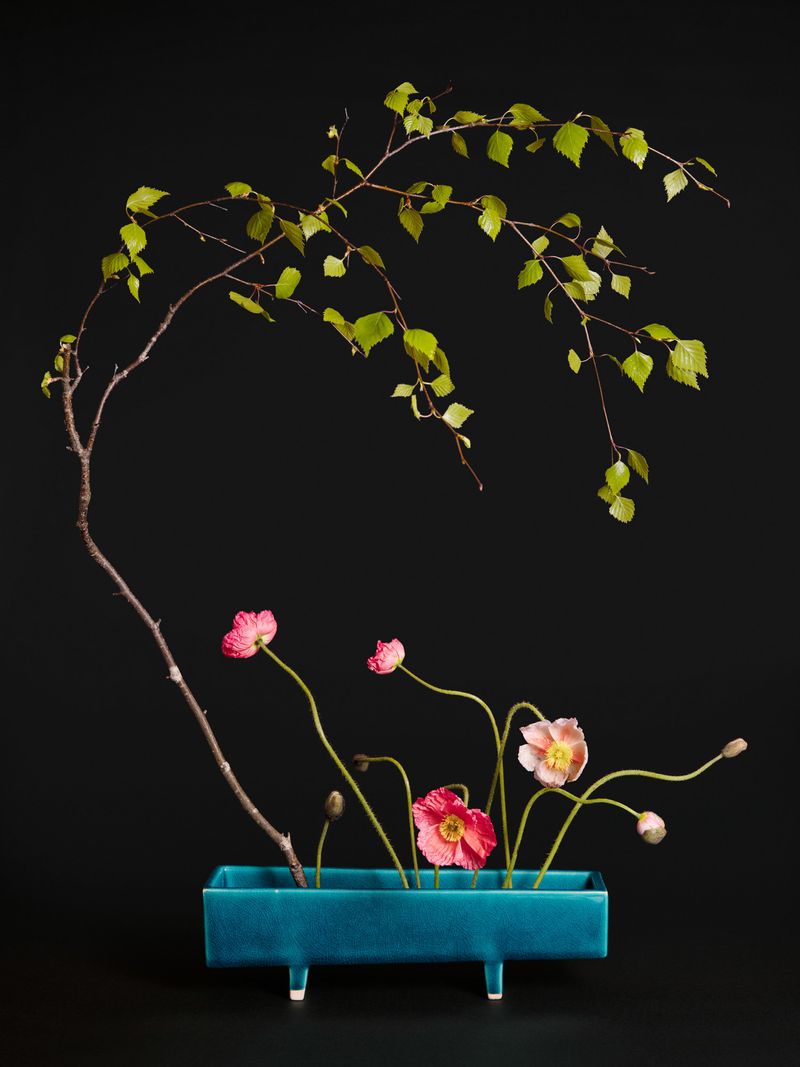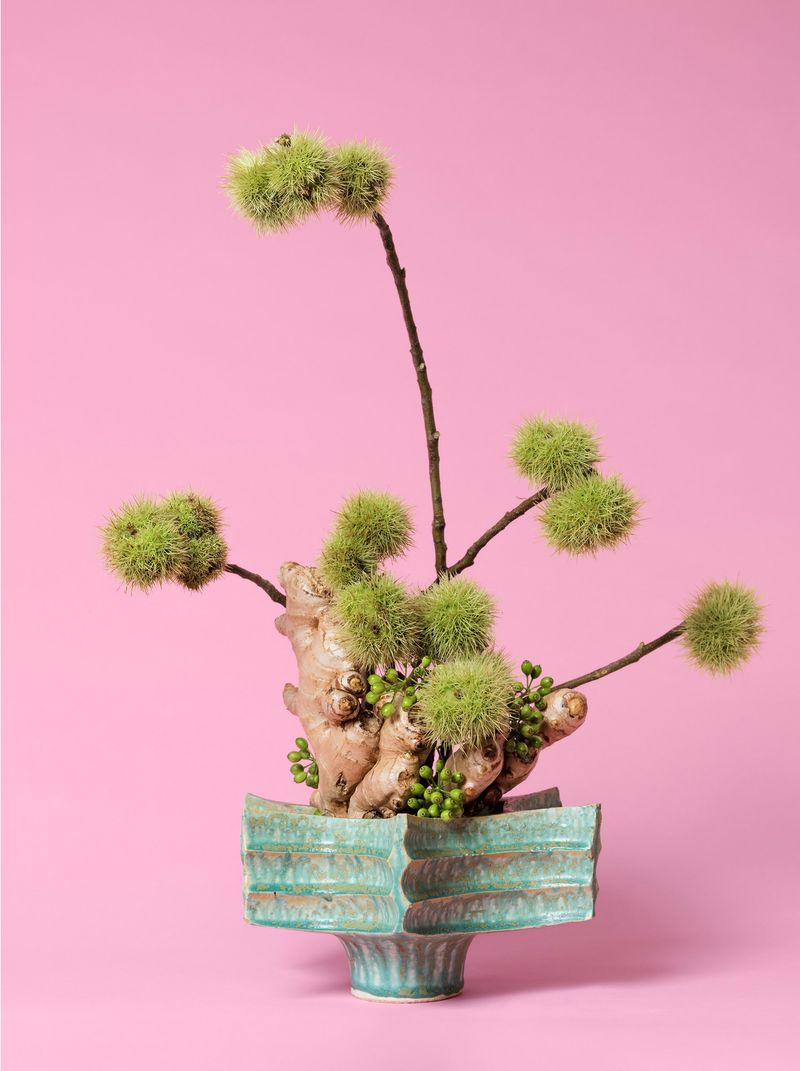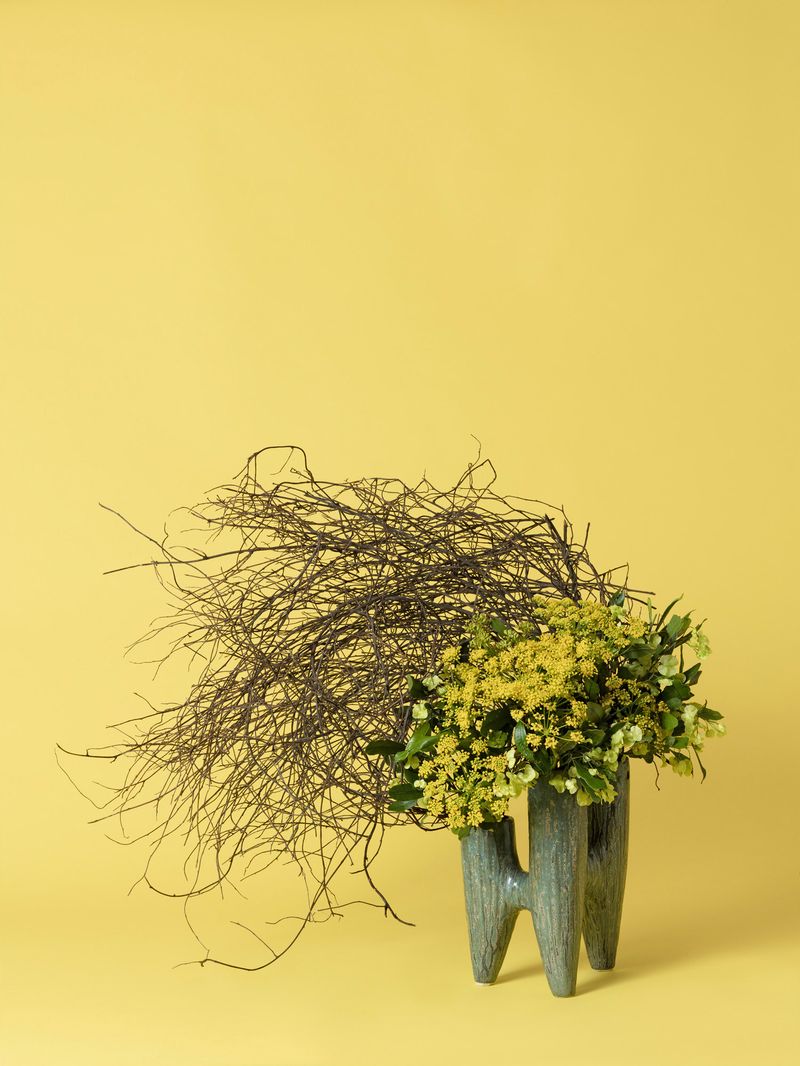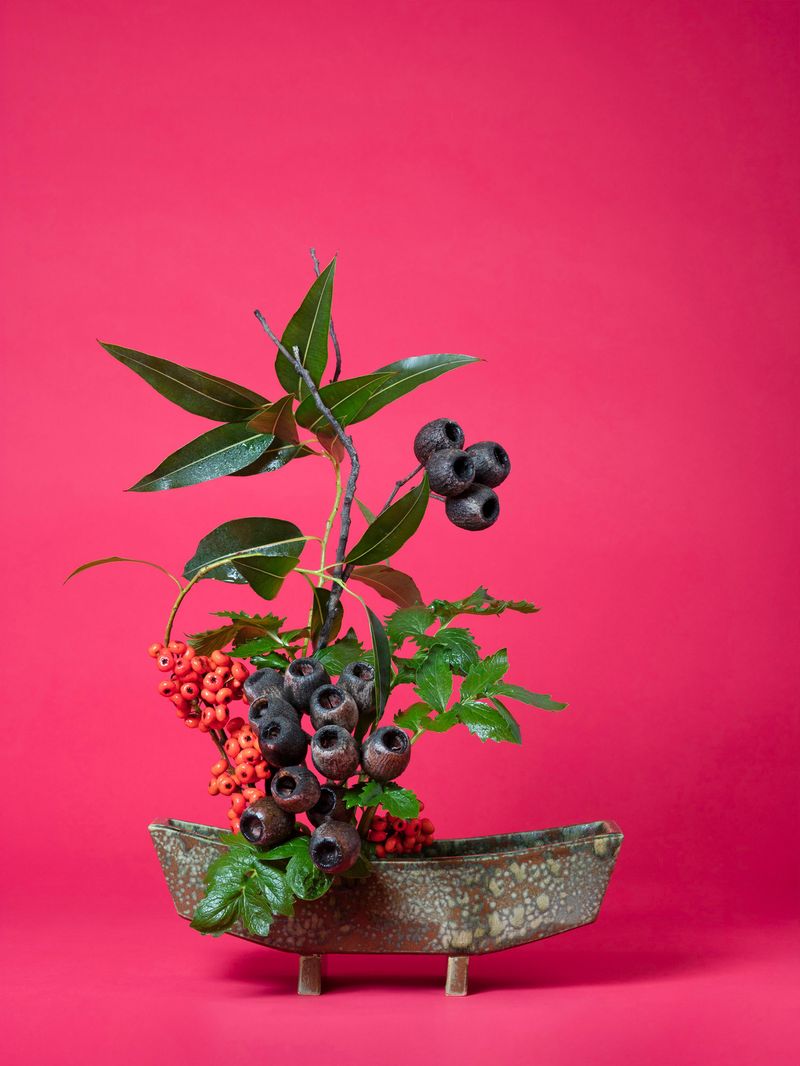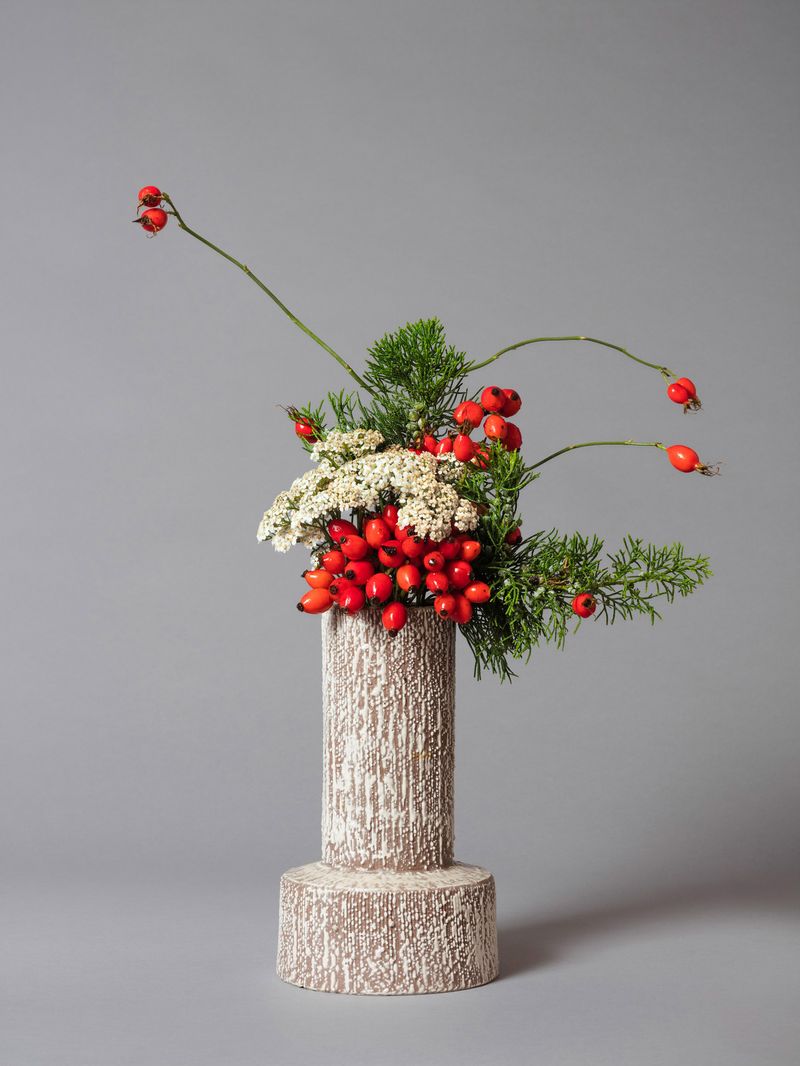'jane says'
-
Dates2015 - Ongoing
-
Author
- Location New Zealand, New Zealand
-
Recognition
‘jane says’ is a photographic garden of plants drawn from millennia of human history that are said to have been used medicinally as emmenagogues, abortifacients, contraceptives, and as birthing plants related to reproductive health.
Ann Shelton’s 'jane says' is a photographic garden of flowers and herbs exquisitely arranged and offset against a brightly coloured background. The plants Shelton selected - rue, peony, pennyroyal, willow, poroporo, achillea - were drawn from millennia of human history where Shelton found reference to their use medicinally as emmenagogues (to bring on menstruation), abortifacients (to induce abortion), contraceptives, and plants related to reproductive health and birthing processes, all of varying strengths. Some are highly toxic and dangerous, while others are common herbs. Other plants in the series such as Valerian were included as they were a component in tonics and tinctures made for these purposes. Rich with oral and ancient histories Shelton’s intention is to remind us of the knowledge nature holds. Shelton's work argues that our mismanagement of nature engendered incremental loss of knowledge and understanding that we cannot easily build back, and that continues to pose a danger to human existence.
Along with her research into the histories of botanical medicine, colonial practices of abortion and human relationships with plants, Shelton was influenced by learned Ikebana, the Japanese art of flower arrangement, which through is structuring processes embodies one of many themes of the work, an attempted control of women’s bodies. The titles of the pieces include references to the botanical names of the featured plant, and the name of an archetype of femininity, such as The Mother, The Witch, The Sibyl, and The Nurse or the more contemporary Supermodel. Following the New Zealand-based artist’s visit to the United States in 2019, Shelton made a number of works that responded particularly to abortion politics and debates there, these are again highly relevant in this particular global moment. These include a suite of three pink works titled “The Congress Woman,” “The Party Girl,” and “The Influencer,” which feature the “Dinner Plate Peony,” deliberately referencing Judy Chicago’s masterwork of feminist art on permanent view at the Brooklyn Museum. Other recent U.S.- influenced works include “The Justice,” inspired by Ruth Bader Ginsburg. Shelton’s work is significant in this moment not only because of the re-politicisation of women’s health since Trumps re-election and the #metoo movement, but also in the time of climate change and the coronavirus. Sheltons work also looks to the future and to how how new or reevaluated and studied knowledge around plants might provide alternative modes and pathways.
Referencing the gendered nature of the tradition of still life and practices around growing plants, this series of large-scale hyper-real works also draw on Shelton’s own childhood experiences of small-town flower-arranging competitions and her decades-old collection of 1970s ikebana magazines, the series utilises saturated utilitarian magazine aesthetics to draw a viewer into the deeper research context for the work ands includes printed matter and performance components. The accompanying performance and poster, 'The physical garden', references the tradition of the artist lecture as performance and presents a viewer with glimpses into the historical context for these artworks: tracts of information, not unlike Walter Benjamin’s ‘Arcades Project’ (1927-1940) which was published unfinished as a kind of stream-of-consciousness list of related quotes which were assembled into common themes.
Further project background;
Many ancient Western medical practices incorporated herbal traditions into their healthcare regimes, allowing women to control their own reproductivity and health. Women certainly continue to use abortifacient or anti-fertility plant remedies, albeit in many instances covertly, in contemporary societies across the globe. Interweaving the underground trading of information, often orally, around these plants, both fabled and real, these photographs operate as an index to the discussion of reproduction and its control in society and are in dialogue with the tradition of still life photography. 'jane says' allows us to examine of the loss of this knowledge inside the secrecy of personal trauma, to consider the profound risks women took and continue to take in attempting to control their own bodies. Indeed Shelton was initially drawn to this material after reading trail blazing New Zealand Feminist Margaret Sparrow’s books on the history of abortion in New Zealand. Sparrow evidenced, primarily through death notices and autopsy reports, that women’s engagement with inaccurate information around abortifacients meant many died in the process of trying to find effective means to control their own bodies during Aotearoa New Zealand’s colonial period. New Zealand where Shelton is from only removed abortion from the Crimes Act in March 2020.
